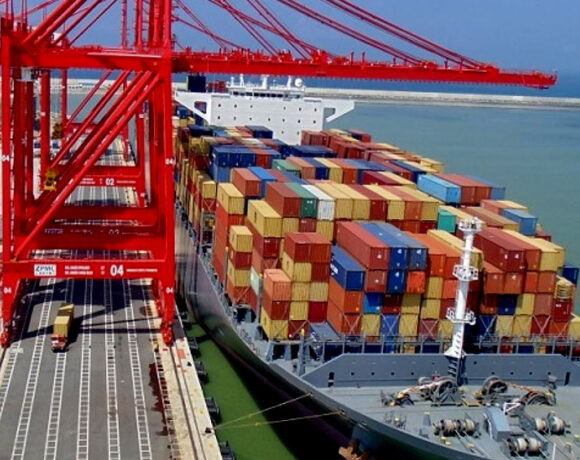Navigating BRSR In Textile MSMEs: A Roadmap For Sustainable Growth


Periasamy S., Advisor, AIC-NIFTTEA
By embracing BRSR and transparency, MSMEs can navigate the evolving business landscape, secure their long-term success and contribute to a more sustainable future, says Periasamy S., Advisor, AIC-NIFTTEA
The textile industry, a cornerstone of the Indian economy, is undergoing a paradigm shift. Consumers are increasingly demanding sustainable practices and ethical production. To thrive in this evolving landscape, Micro, Small and Medium Enterprises (MSMEs) must embrace Business Responsibility and Sustainability Reporting (BRSR).
A Global Imperative: Sustainability Reporting
Sustainability reporting is no longer a niche concern. Across the globe, businesses recognize the importance of transparency in environmental, social and governance (ESG) aspects. This trend reflects growing stakeholder consciousness and regulatory pressure. Companies are realizing that sustainability isn’t just about environmental impact; it’s about responsible business practices that contribute to a better future.
BRSR: Unveiling a Commitment to Sustainability
BRSR is a framework for reporting a company’s economic, environmental and social impacts. In essence, BRSR allows MSMEs to demonstrate their commitment to sustainability, which encompasses minimizing environmental footprint, upholding labour rights and maintaining ethical governance practices.
Shifting Gears: The Evolving ESG Landscape in India
India’s regulatory environment is witnessing a significant shift towards ESG reporting. The Securities and Exchange Board of India (SEBI) is at the forefront of this movement, highlighting the growing importance of non-financial disclosures alongside traditional financial statements. This reflects India’s commitment to aligning with global best practices for sustainable business operations.
BRSR: A Step Beyond Compliance
While BRSR may seem like a mandatory requirement, it presents a multitude of advantages for textile MSMEs:
- Enhanced Brand Reputation: Consumers value sustainability. BRSR compliance showcases a commitment to responsible practices, boosting brand image and attracting environmentally conscious customers.
- Stakeholder Trust and Engagement: BRSR fosters transparency, building trust with investors, suppliers and customers. This can lead to stronger relationships and increased collaboration.
- Risk Management: Identifying and mitigating environmental and social risks can lead to cost savings and operational efficiency. Proactive measures can prevent environmental hazards or labour disputes.
- Access to Capital: Investors increasingly prioritize ESG factors. BRSR compliance can open doors to green finance and sustainable investment opportunities.
Building a Sustainable Future: Structure and Format of BRSR
BRSR reporting is guided by the nine principles outlined in the National Guidelines on Responsible Business Conduct (NGRBC). These principles encompass respect for human rights, environmental stewardship, ethical business conduct and stakeholder engagement. Furthermore, the NGRBC aligns with the Sustainable Development Goals (SDGs), a global framework for achieving a sustainable future. By adhering to these guidelines, MSMEs can contribute to positive social and environmental change.
Challenges and the Way Forward
Despite the compelling benefits, BRSR adoption may present challenges for MSMEs, including:
- Limited Awareness: Many MSMEs may not be fully aware of BRSR requirements or the potential benefits.
- Resource Constraints: Implementing BRSR may require investment in data collection and reporting systems, which can be a hurdle for resource-constrained MSMEs.
- Technical Expertise: MSMEs may lack the in-house expertise to compile and analyze ESG data effectively.
Overcoming Challenges: A Collaborative Approach
To navigate these challenges, a collaborative approach is necessary:
- Capacity Building Initiatives: Industry associations and government agencies can play a crucial role in providing training and resources to MSMEs on BRSR implementation.
- Tailored Support Mechanisms: Developing financial and technical support mechanisms specifically designed for MSMEs can ease the adoption process.
- Industry Collaboration: Collaboration between larger companies and MSMEs can facilitate knowledge sharing and capacity building within the cluster.
- Policy Interventions: Supportive government policies that incentivize BRSR adoption can create a conducive environment for MSMEs.
Conclusion: A Sustainable Textile Industry
BRSR is not just a reporting framework; it’s a roadmap for sustainable growth in the textile sector. By embracing BRSR and transparency, MSMEs can navigate the evolving business landscape, secure their long-term success and contribute to a more sustainable future.















